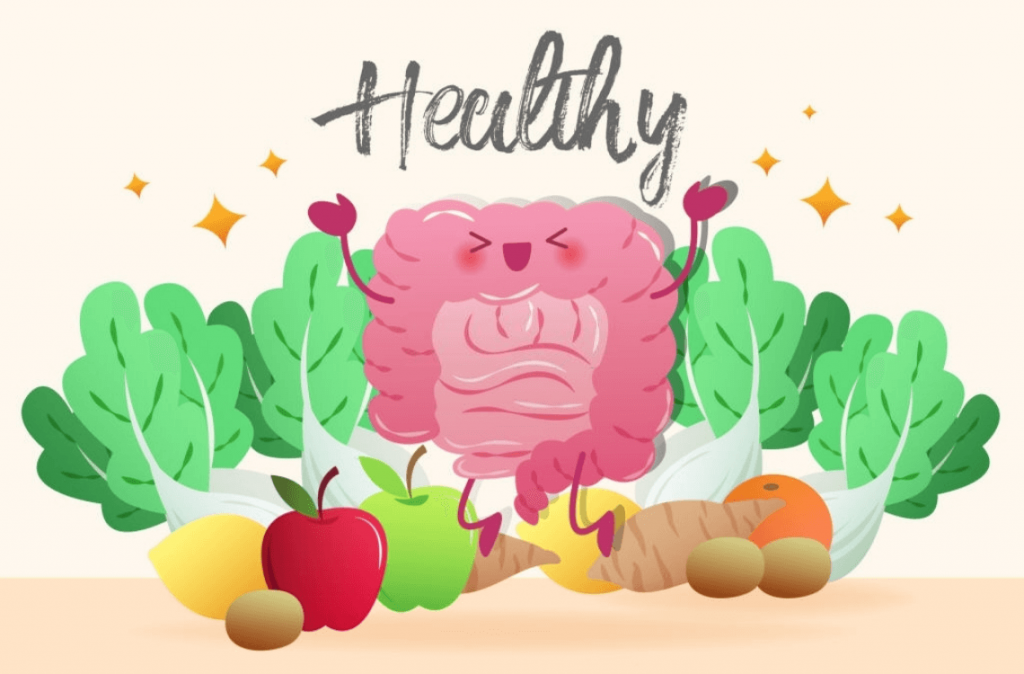Foods rich in probiotics, and prebiotics keeps the microbiome, and the trillions of good bacteria within your digestive tract, healthy and happy.
You Are What You Eat
While probiotics flush the microbiome with good bacteria, prebiotics provide the food they need to feed on. Finding the right balance is key to good gut health.
Finding The Right Choice
To help Mums choose the best probiotic, and prebiotic foods out there, we have corralled some of the more popular varieties for you to choose from, starting with probiotics.
Probiotics As A Food
Yoghurt
Greek or plain yoghurt, enriched with Lactobacillus acidophilus and Lactobacillus casei are good choices. Flavoured yoghurt has processed sugar, and best avoided.
For variety top yoghurt with fresh fruit, or leave it in oatmeal to soak overnight. Alternatively, whip it up in a smoothie.
Cheese
Not all cheeses are alike.
For a probiotic bump, cheddar, mozzarella, parmesan, and gouda cheeses are your go-to. Cottage cheese is another option, although, for some, it is an acquired taste.
Buttermilk
Buttermilk is another probiotic champion. While it can be store-bought, it is cheaper to make at home. For a homemade batch, try this easy recipe.
Buttermilk can be consumed as an alternative to milk, although it is also an acquired taste. Otherwise, feel free to use it in cooking, baking, salads, as well as a base for hearty soups.
Tempeh
Fans of tempeh, rejoice!
While tempeh is an acquired taste, it is a gastronomic journey worth taking, considering its probiotic goodness. Tempeh is incredibly versatile and can be eaten in a variety of ways, throughout the day. Other than a probiotic, tempeh is also full of healthy protein.
Miso & Natto
Miso and natto are fermented soybeans commonly found in Japanese cuisine. While miso is a seasoning, natto is fermented whole soybeans, usually eaten with rice at breakfast.
Between the two, miso is the more versatile, and popular probiotic. Other than seasoning, it can be used in cooking, or as a base in salad dressings.
Fermented Food & Drink
Unpasteurised fermented food and drink are loaded with probiotics.
Notable mentions include sauerkraut, kimchi, or fermented pickles. Give them a try in your next gastronomic adventure. Popular fermented drinks include kombucha tea, or kefir. Kefir also comes with non-dairy options, good news for the lactose intolerant.
Although unpasteurised options do not have a long shelf life, they are loaded with probiotics. The heat of pasteurisation destroys the good bacteria, even as it prolongs shelf life.
Prebiotics As A Food
Like probiotics, prebiotics can be sourced from the food you eat.
Foods high in fibre, and complex carbohydrates fall into this category. Additionally, those which contain natural sugars are prebiotic champions too. The choices out there are vast, but here’s a smattering of the more popular ones.
Roots
Garlic, onions, and root vegetables are prebiotics.
Sauté, grill, or stew root vegetables for the best health benefits. For garlic and onions, use them liberally in your daily cooking. They certainly lend a depth of flavour to even the simplest dishes. If tastebuds can withstand it, consume onions raw. One good way is to toss them, thinly sliced, into salads.
Shoots
Tomatoes, whether as an edible garnish, in curries, or soups, are a good choice. They also blend well into a juice.
Asparagus, whether purple, green, or white, are good choices too. They do make your urine smell a little funky but the benefits far outweigh that inconvenience.
Thinking of making a hearty stew, don’t forget to throw in leeks with the cabbages. While cabbage can increase gassiness, it is a small price to pay for a big gain.
Artichoke hearts anyone? If you favour these flavourful vegetables, here’s some good news, they make the list too.
Fruit
Crunchy apples, whatever the variant, tops the list. So do custard apples. While you are at it, have your fill of bananas, watermelon, and grapefruit too. The best way to consume them is eaten as a fruit or juiced up.
It would be best to avoid cooking or baking them since recipes inevitably call for the addition of processed sugars and flour, which are detrimental to the good bacteria.
Nuts, Grains & Seeds
Start each day right with bran, oatmeal, or whole-grain bread. They contain the complex carbohydrates the microbiome needs to kickstart your day.
Time for a snack?
Select from a variety of nuts, all with their skins on, when possible, for wholesome goodness. The skins contain fibre which proves a feast for the good bacteria. Leave the salted, or sweet nuts aside since they serve no benefit to your microbiome.
Red, brown or black rice is another good choice.
Sweet Endings
Saving the best for last, chocolate lovers out there will be happy to know that your favourite sweet is on the list. Dark chocolate is the perfect ending to keep your microbiome healthy. A square a day is just what the doctor ordered.
Sihat Malaysia, and stay safe, everyone!
